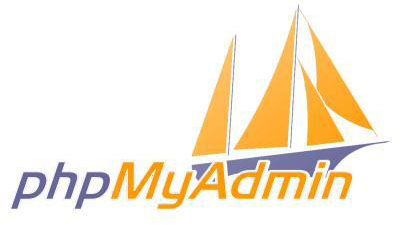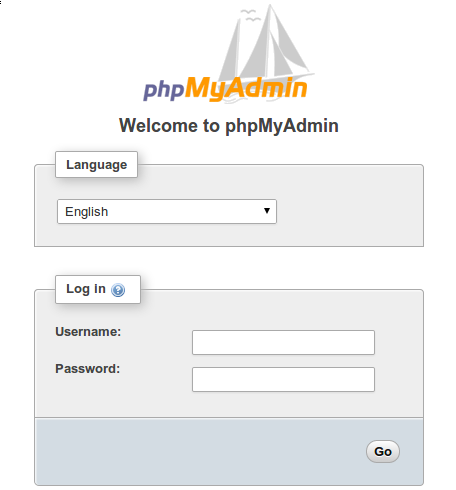How To Install phpMyAdmin on Rocky Linux 9

In this tutorial, we will show you how to install phpMyAdmin on Rocky Linux 9. For those of you who didn’t know, phpMyAdmin is a free and open-source tool that enables you to manage MySQL and MariaDB databases from the web browser. It provides a robust and user-friendly interface for managing databases, tables, database users, basic crud operations (create, read, update, delete), and so much more.
This article assumes you have at least basic knowledge of Linux, know how to use the shell, and most importantly, you host your site on your own VPS. The installation is quite simple and assumes you are running in the root account, if not you may need to add ‘sudo‘ to the commands to get root privileges. I will show you the step-by-step installation of the phpMyAdmin on Rocky Linux. 9.
Prerequisites
- A server running one of the following operating systems: Rocky Linux 9.
- It’s recommended that you use a fresh OS install to prevent any potential issues.
- SSH access to the server (or just open Terminal if you’re on a desktop).
- An active internet connection.
- A
non-root sudo useror access to theroot user. We recommend acting as anon-root sudo user, however, as you can harm your system if you’re not careful when acting as the root.
Install phpMyAdmin on Rocky Linux 9
Step 1. The first step is to update your system to the latest version of the package list. To do so, run the following commands:
sudo dnf check-update sudo dnf install dnf-utils
Step 2. Installing LAMP Stack.
phpMyadmin requires a LAMP stack installed and running. You can find our LAMP Installation guide here.
Step 3. Installing phpMyAdmin on Rocky Linux 9
By default, the phpMyAdmin is not available on the Rocky Linux 9 AppStream repository. Now run the following command below to download the latest version of phpMyAdmin to your Rocky Linux system:
wget https://www.phpmyadmin.net/downloads/phpMyAdmin-latest-all-languages.tar.gz
Next, extract the downloaded package by running the following command:
tar -xvzf phpMyAdmin-latest-all-languages.tar.gz
Then, move the extracted directory to the /var/www/html directory by running the following command:
mv phpMyAdmin-*-all-languages /var/www/html/phpmyadmin
Change the ownership of the phpmyadmin directory to the apache user by running the following command:
chown -R apache:apache /var/www/html/phpmyadmin
Finally, restart the Apache web server to apply the changes by running the following command:
sudo systemctl restart httpd
Step 4. Configure Firewall.
By default, phpMyAdmin listens on ports 80 and 443. If any firewall is installed and configured on your server, then you will need to allow both ports via firewalld. You can allow them with the following command:
sudo firewall-cmd --add-service=http --permanent sudo firewall-cmd --add-service=https --permanent
Next, reload the firewall to apply the changes:
sudo firewall-cmd --reload
Verify the list of open ports on the firewalld via the command below:
sudo firewall-cmd --list-all
For additional resources on installing firewalld, read the post below:
Step 5. Accessing phpMyAdmin Web Interface.
Once successfully installed, you should be able to access phpMyAdmin by visiting http://localhost/phpmyadmin your web browser. You should see the phpMyAdmin login page:

You can do this by logging in to the MySQL shell and running the appropriate SQL commands.
Congratulations! You have successfully installed phpMyAdmin. Thanks for using this tutorial for installing phpMyAdmin with LAMP on your Rocky Linux 9 system. For additional help or useful information, we recommend you check the official phpMyAdmin website.